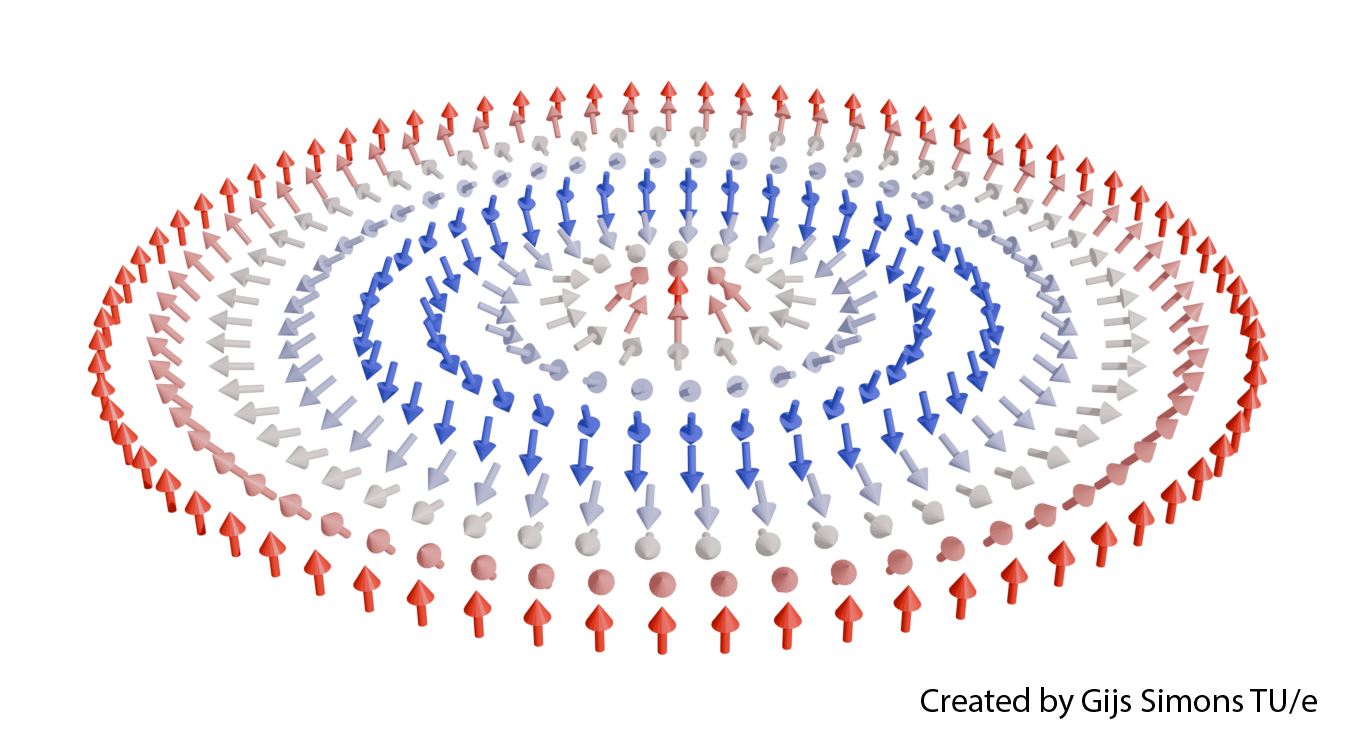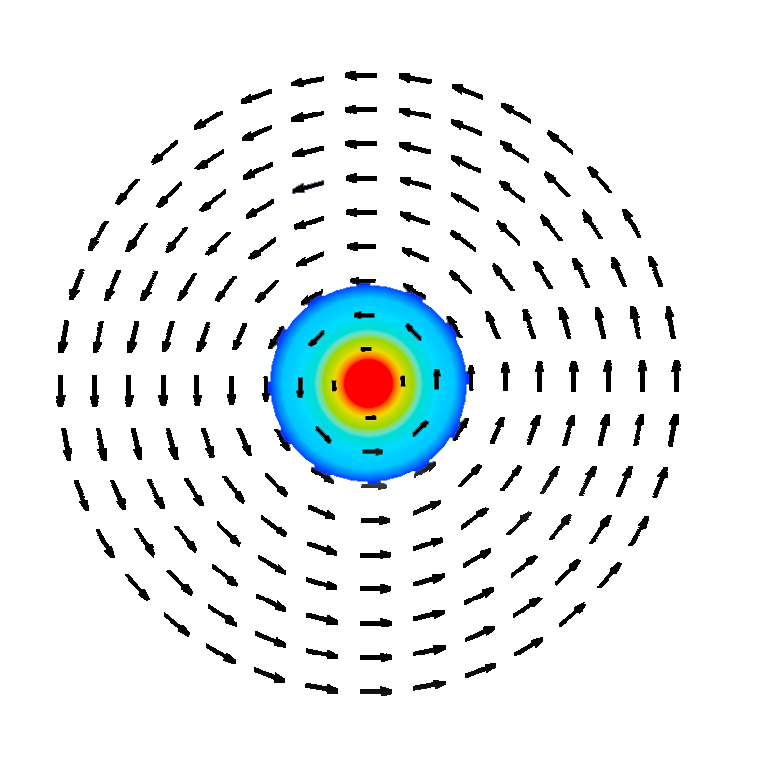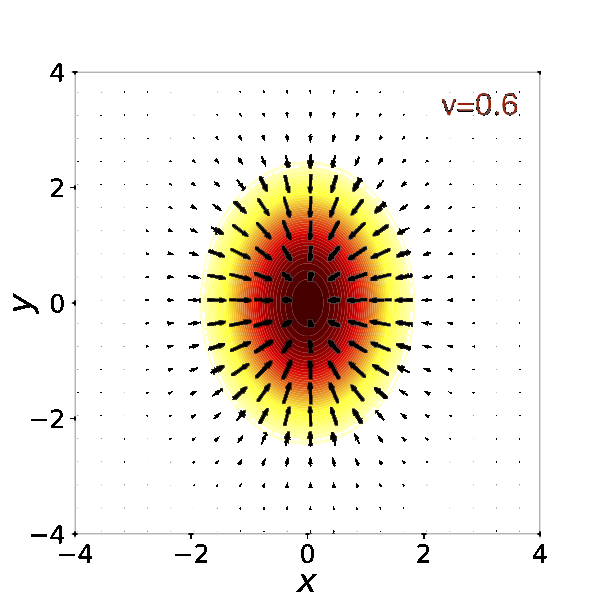Topological textures in condensed matter
Action Details
MoU - 047/24
Start date - 23/09/2024
End date - 22/09/2028

About the action
The mathematical concept of Topology has become a key concept in condensed matter physics, offering new insights into physical phenomena. This COST action focuses on techniques for the creation and annihilation of topological textures and on their static and dynamic properties that form a vibrant field of research.
Topological textures like domain walls, vortices, skyrmions, and hopfions are common in physics, materials science, biology, and chemistry. Their complex dynamics and responses to external probes, often counter-intuitive, make them promising for applications in sensors, non-Boolean logic, and quantum computing.
Related physical systems include magnets, ferroelectrics, optics and topological light, ultra-cold atoms and superfluids, superconductors, liquid crystal and similar systems, quantum systems with a topological band structure, and others.
The area of condensed matter benefits greatly from the interaction between experiments, theory, and computations on topological textures. Improved techniques allow for observations at the nanoscopic and picosecond scales. However, progress is driven by small and fragmented communities of physical scientists and by a separate community of applied mathematicians.
This network will bring together in a wider network the separate sub-communities working on the various physical systems, it will combine expertise and boost synergies. It aims to develop a unified framework for topological condensed matter systems.
Areas of Expertise
-
Physical sciences
- Nanophysics (nanoelectronics, nanophotonics, nanomagnetism)
- Non-linear physics
-
Mathematics
- Theoretical aspects of partial differential equations


Objectives
Research Coordination Objectives
-
Create a synergetic platform for researchers from diverse physical systems, fostering collaboration through Training Schools and Workshops.
-
Enhance Collaboration Between Experimental/Applied and Theoretical Research. Connect theoretical researchers with practical challenges and vice versa, leading to mutual benefit.
Capacity-building Objectives
-
Merge small sub-communities working on topological textures into a large, interconnected group to achieve critical mass and drive breakthroughs.
-
Combine existing research lines on topological textures to form a wider coherent joint research agenda.
-
Train the next generation of physical scientists and mathematicians by providing them with broad knowledge, methodological tools, and opportunities to work across disciplines.
Working Groups

WG1
Topology and Transfer of Expertise
WG Leader: Dr Annika Johansson
Focus
Identify and describe topological textures in a broad sense, encompassing both real and momentum space. Investigate these textures in various physical systems and realistic models, and explore the relationships between them.
Tasks
- Study and demonstrate the ubiquity of topological textures.
- Develop analytical and numerical solutions for models.
- Link real space and momentum space textures.
- Expand the network and coordinate dissemination activities.

WG2
Topological Textures and Applications
WG Leader: Prof Roger Moser
Focus
Explore the general properties of topological textures and related theory, including a more precise mathematical description. Study the generation, controlled annihilation, and manipulation of these textures.
Tasks
- Study methods for nucleation and annihilation.
- Simulate and observe nucleation/annihilation processes.
- Formulate proposals for applications in computing and biotechnology.
- Engage with industry and policymakers.

WG3
Textures in Three Dimensions
WG Leader: Dr Michele Ruggeri
Focus
Investigate textures localized in three dimensions and their relation to quasi-2D textures. Develop theory alongside computational and experimental efforts.
Tasks
- Study and simulate 3D textures and their links to physical systems.
- Establish connections between 3D and quasi-2D textures.
- Reach out to the general public.

WG4
Dynamics and Topology
WG Leader: Prof Markus Garst
Focus
Examine the solitary wave and particle-like characteristics of topological textures, as well as collections of textures. Study non-equilibrium processes and phase transitions.
Tasks
- Develop unified formulations for the dynamics of topological textures.
- Study responses to external forces and collective motion.
- Support ITC, NNC, and underrepresented groups in the Action.
- Develop strategies for network sustainability.
Join a Working Group
POLYTOPO welcomes new members who like to engage within one of the networks working groups.
To become a member of a WP:
- Verify / update your e-cost profile or create one.
- Submit your application through e-cost portal.

Applications are reviewed regularly by the POLYTOPO core team and the Working Group leaders. This process typically takes one to three months. Candidates will be notified of the outcome of their application through the e-COST portal.